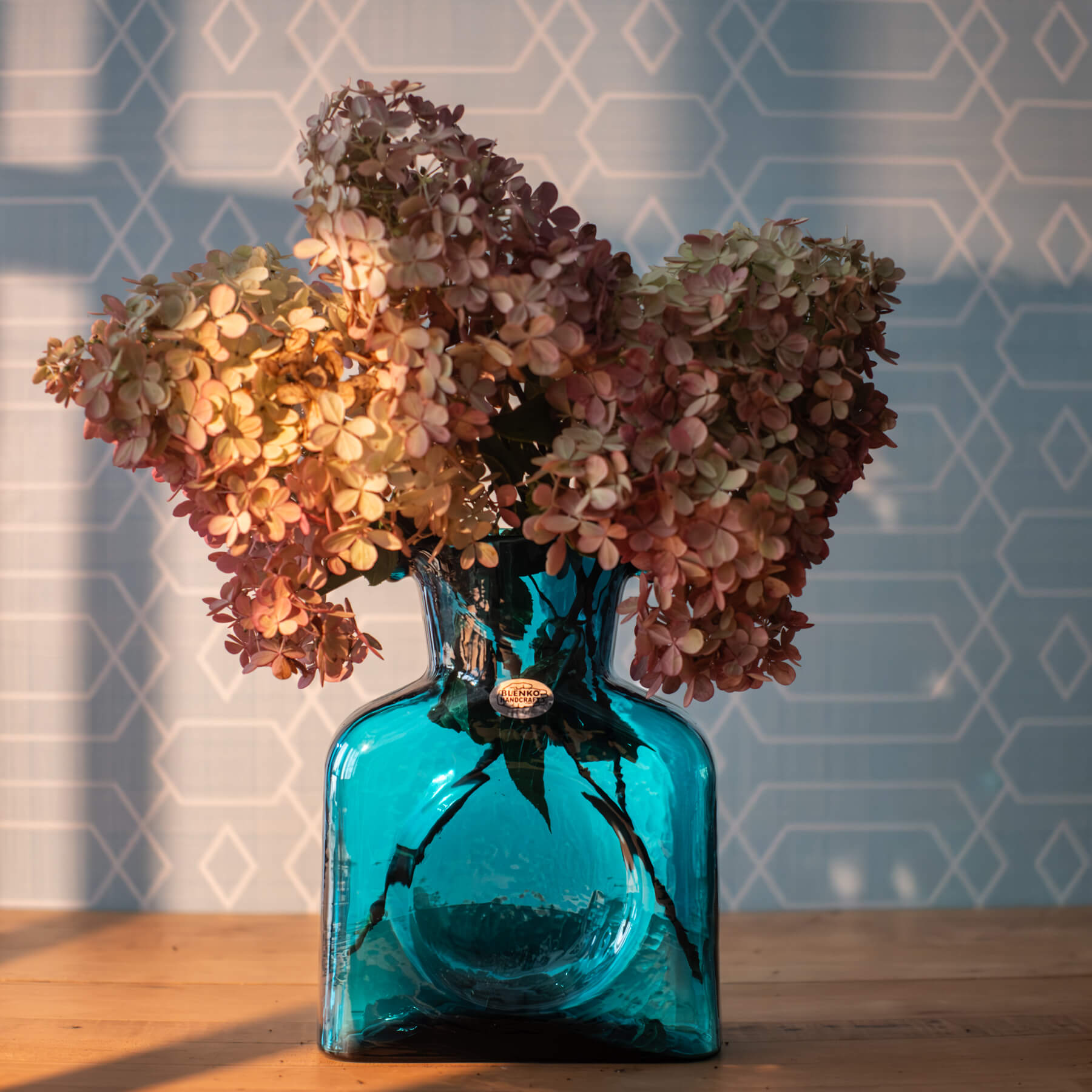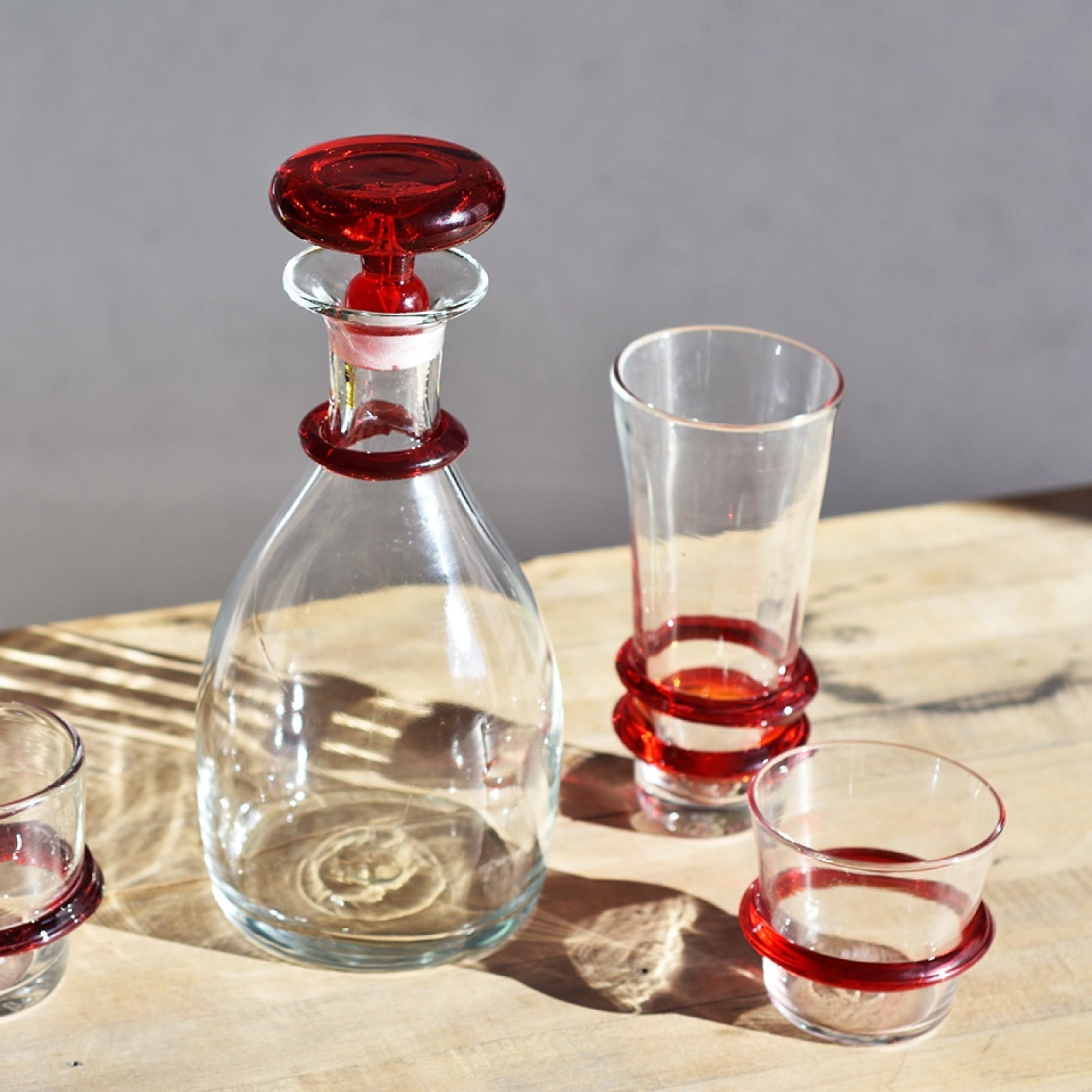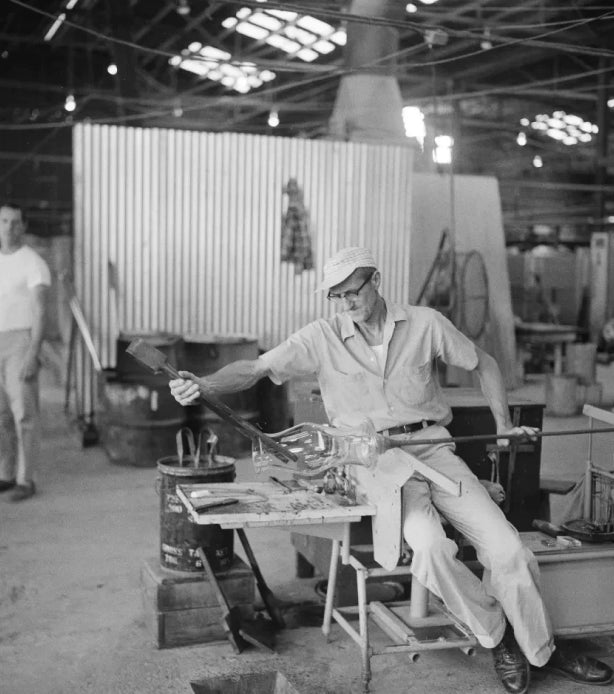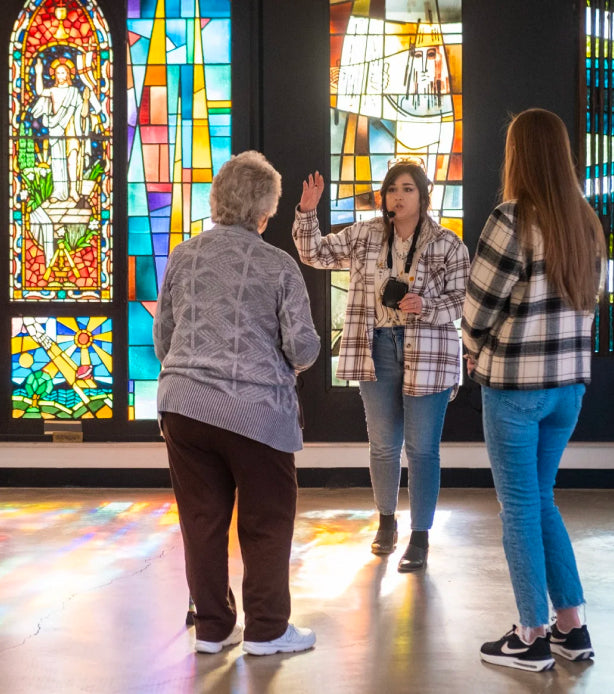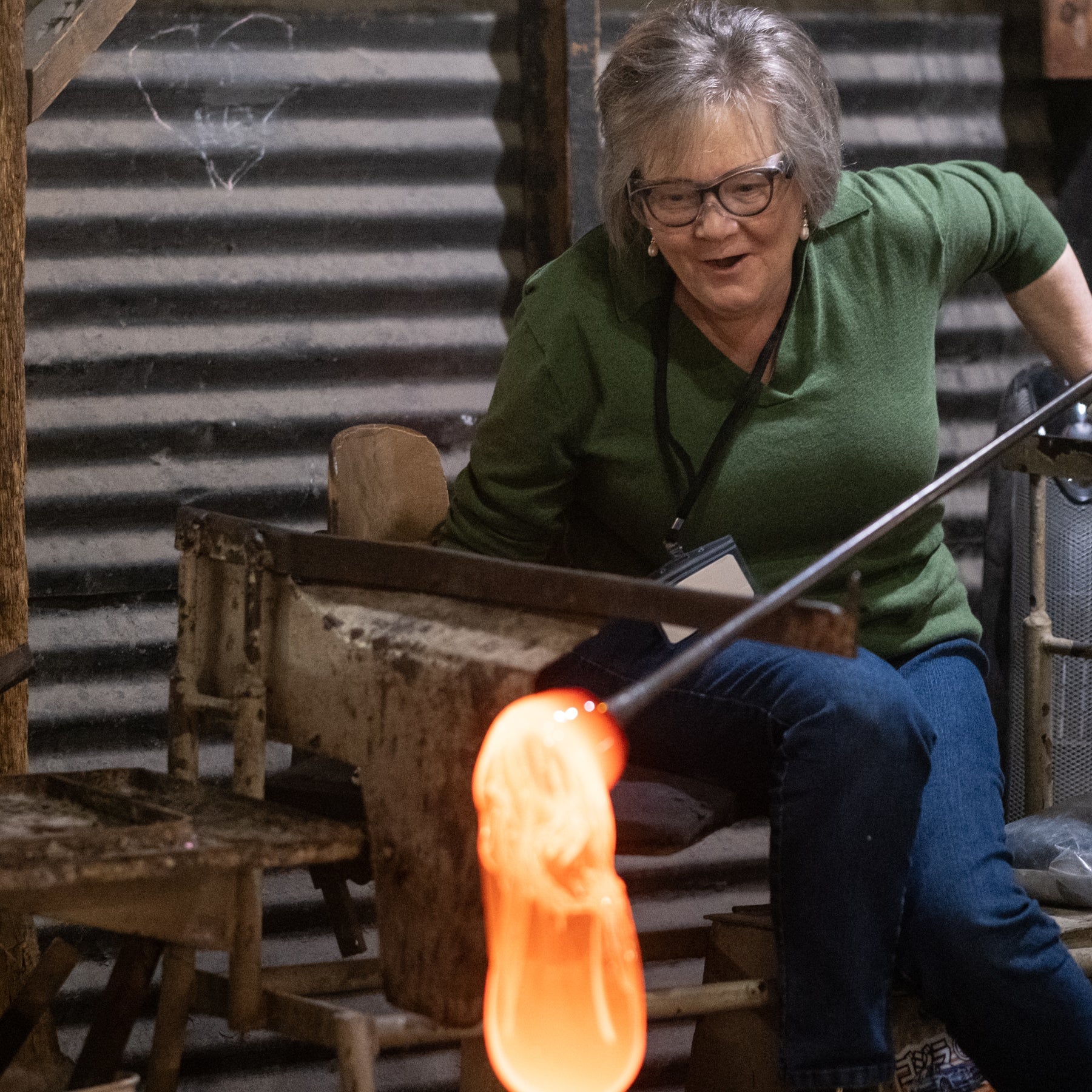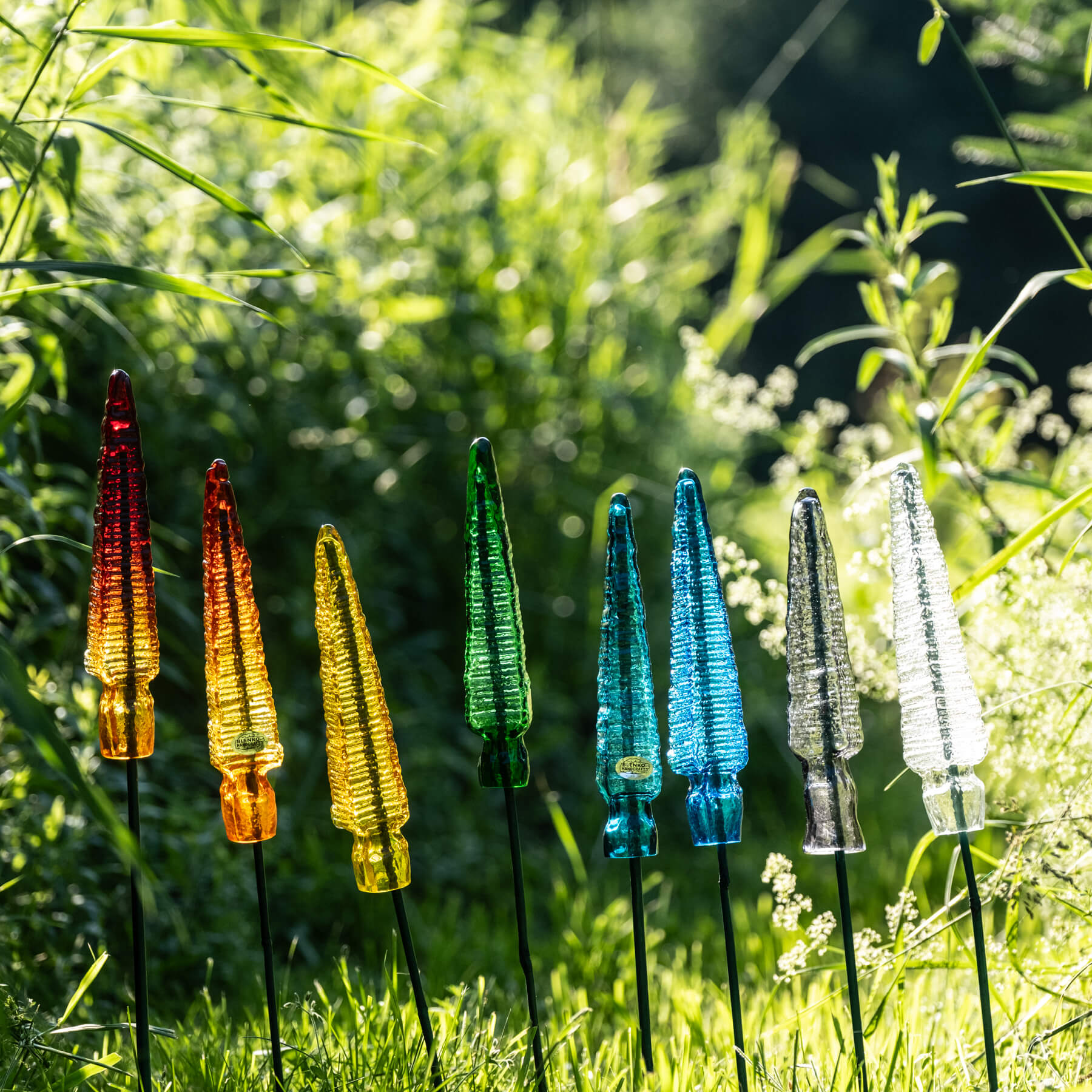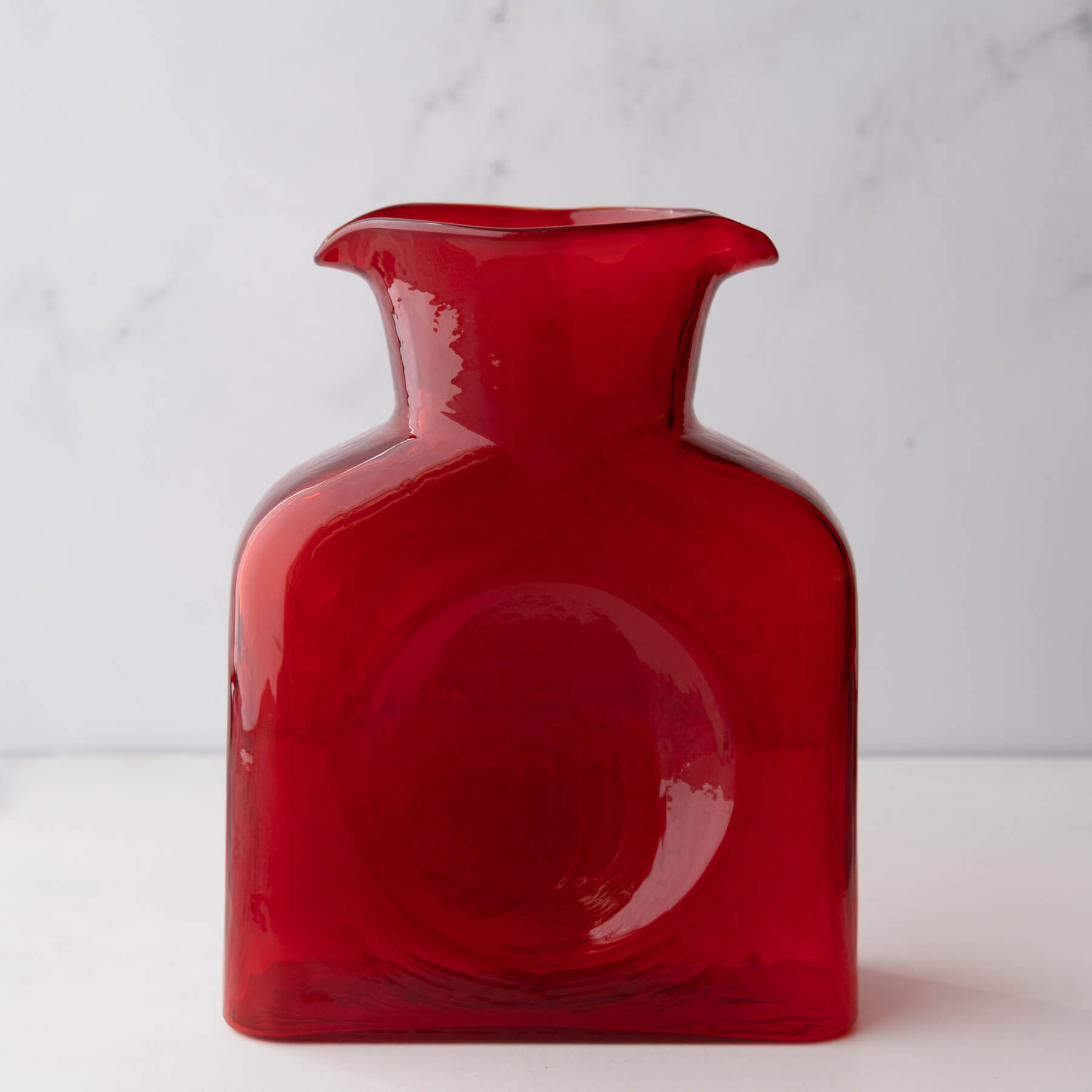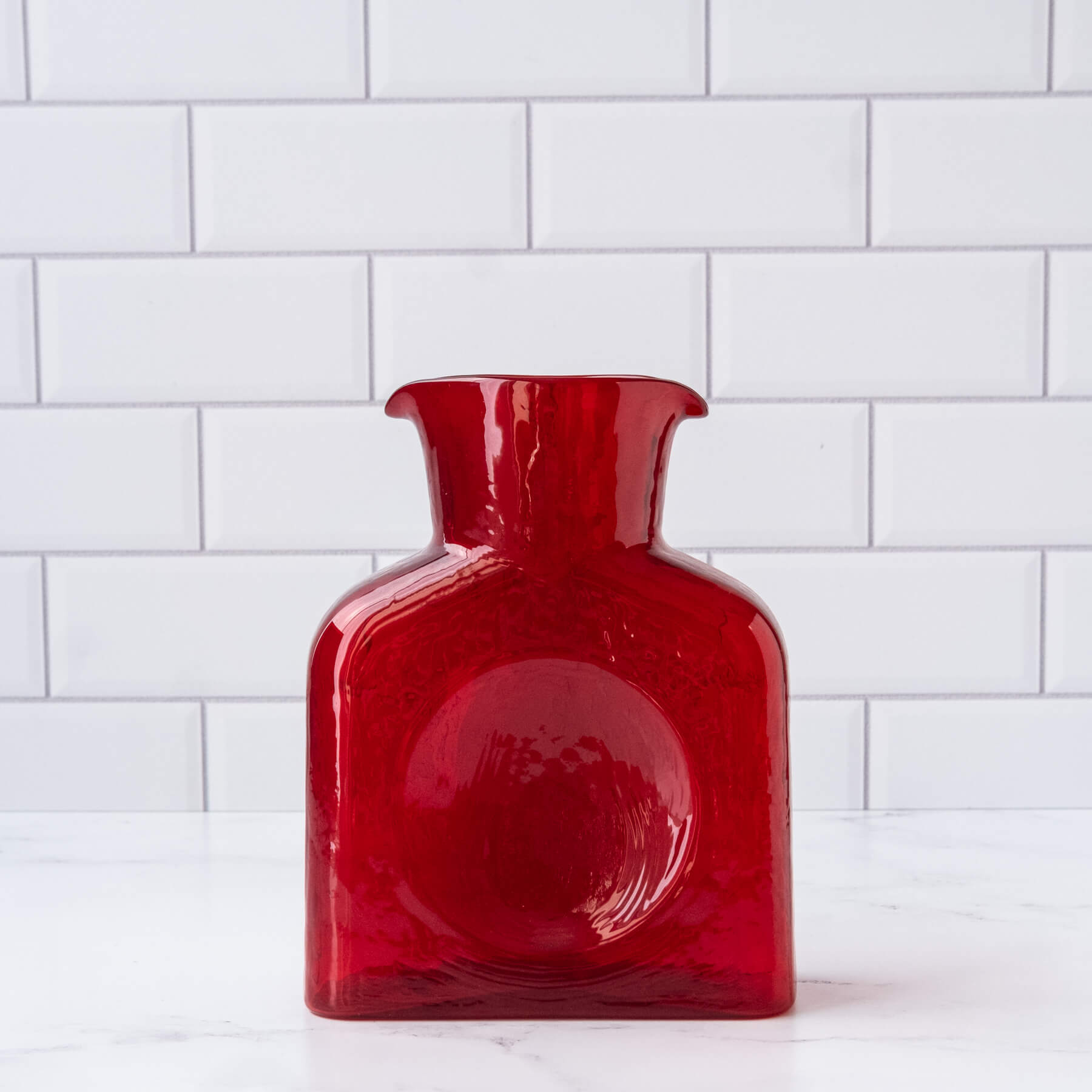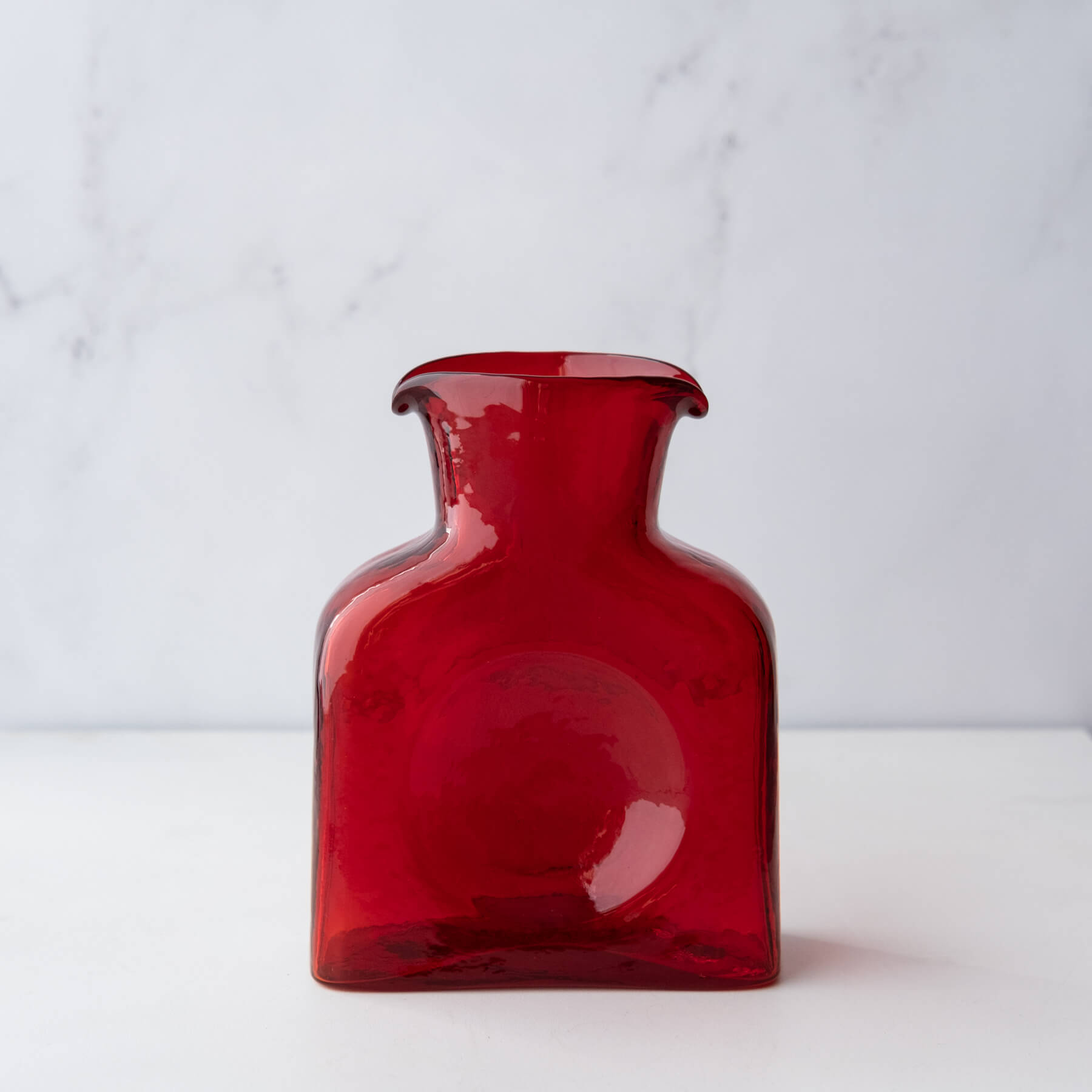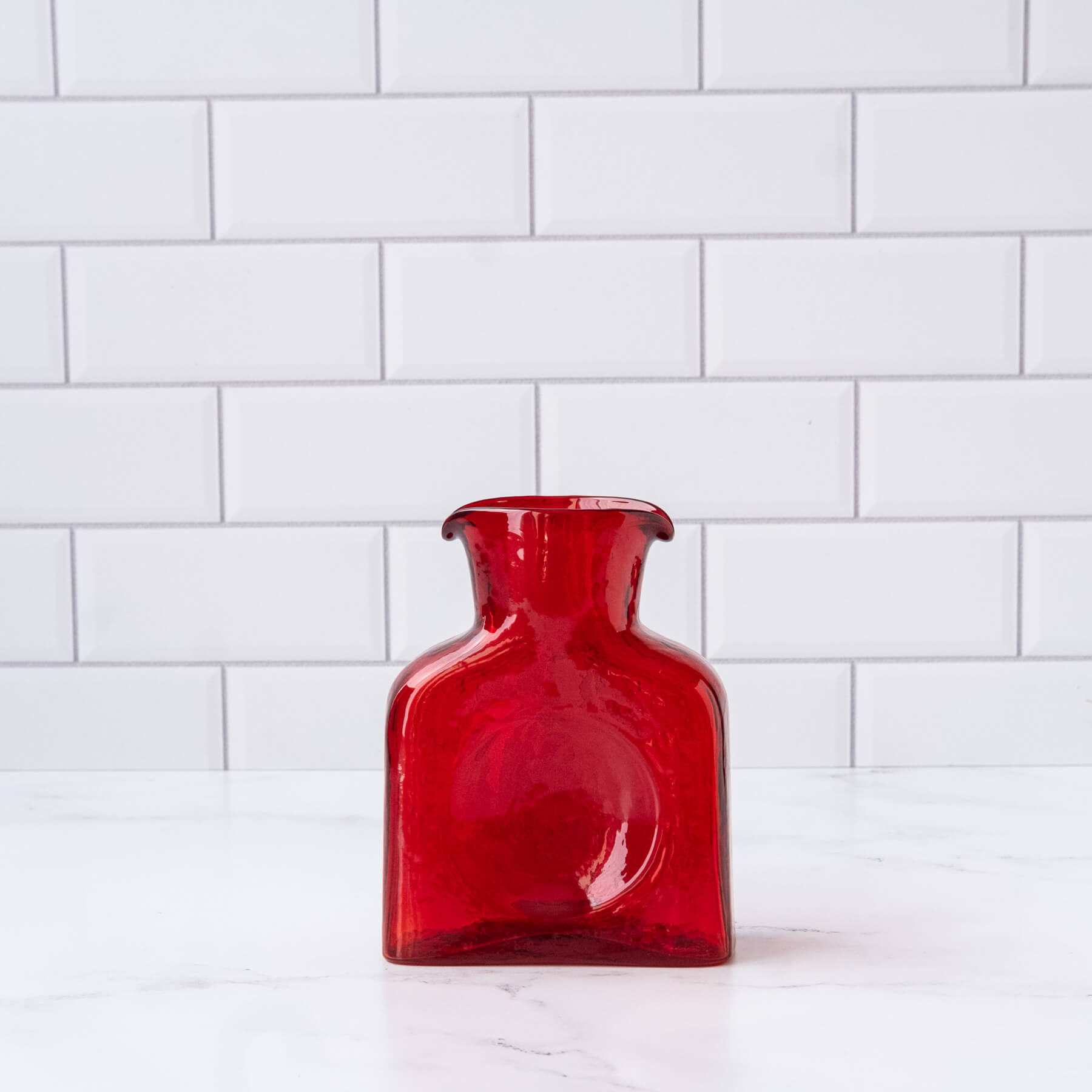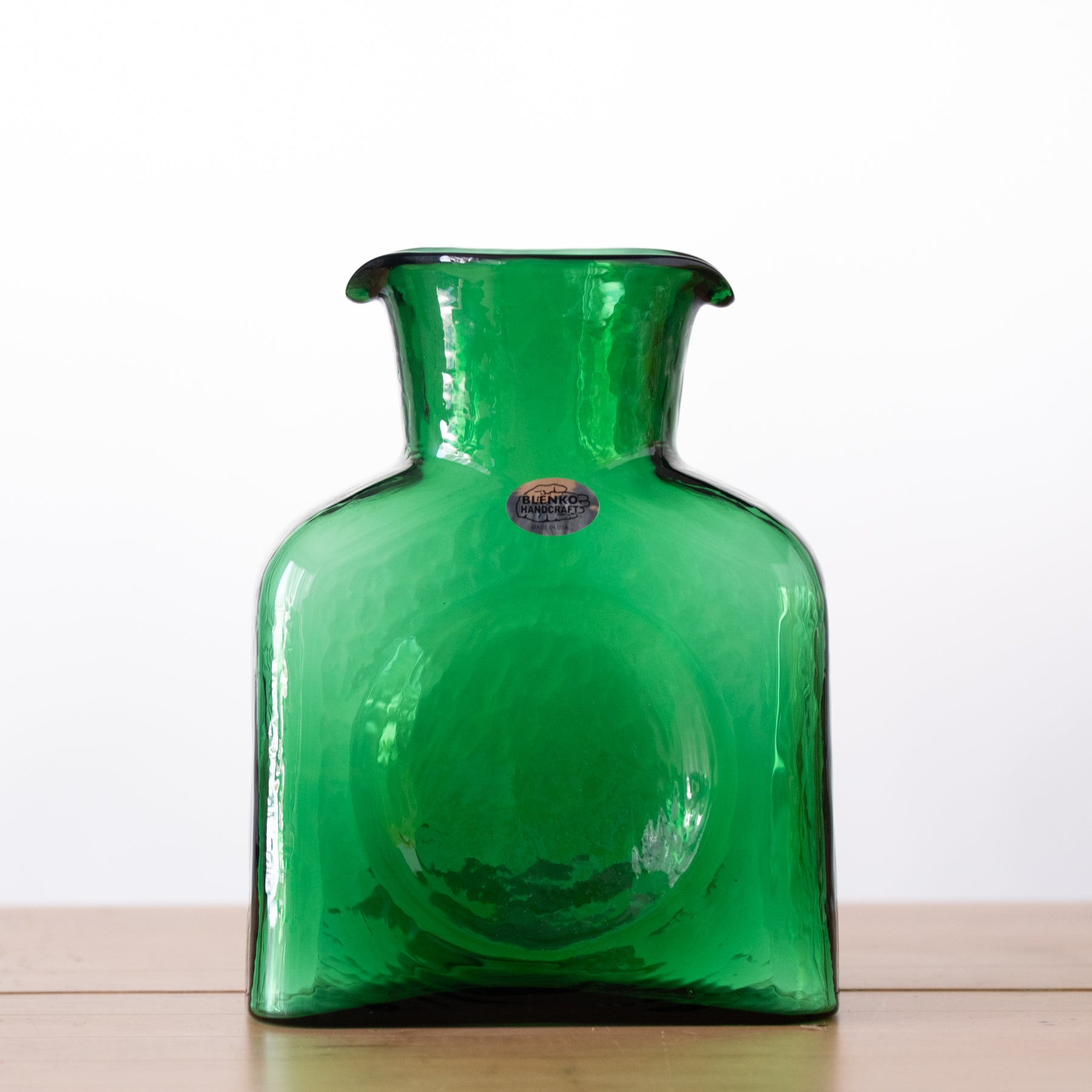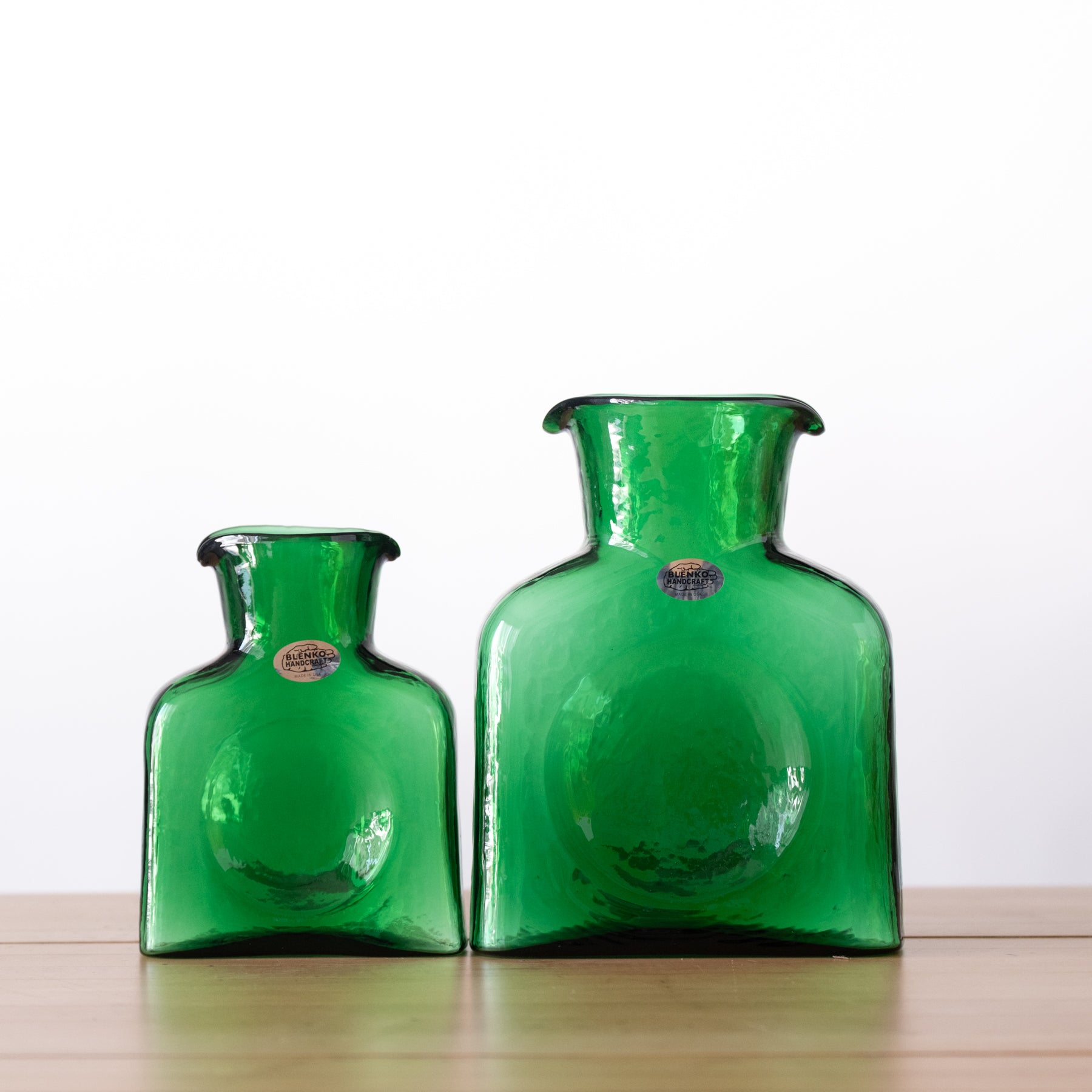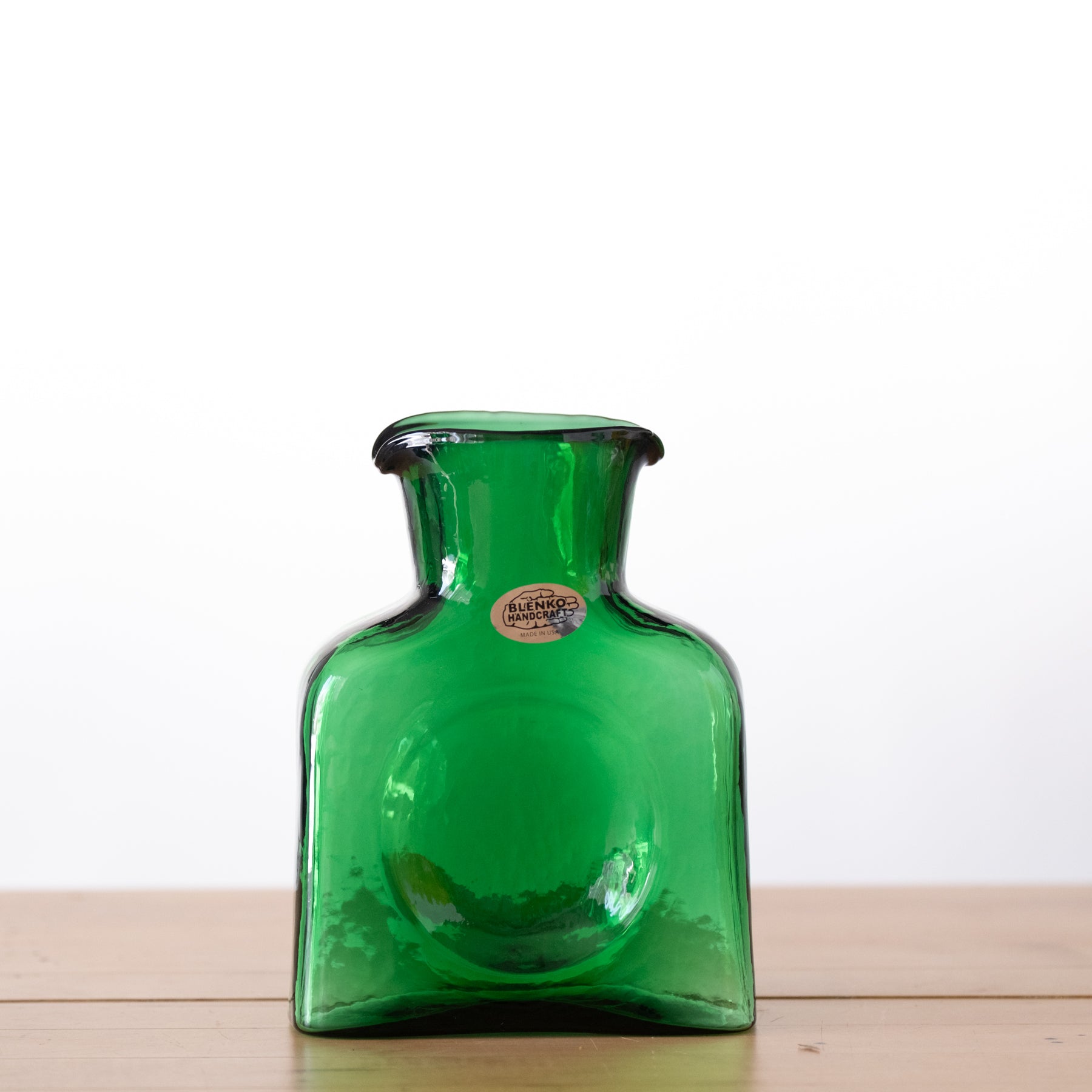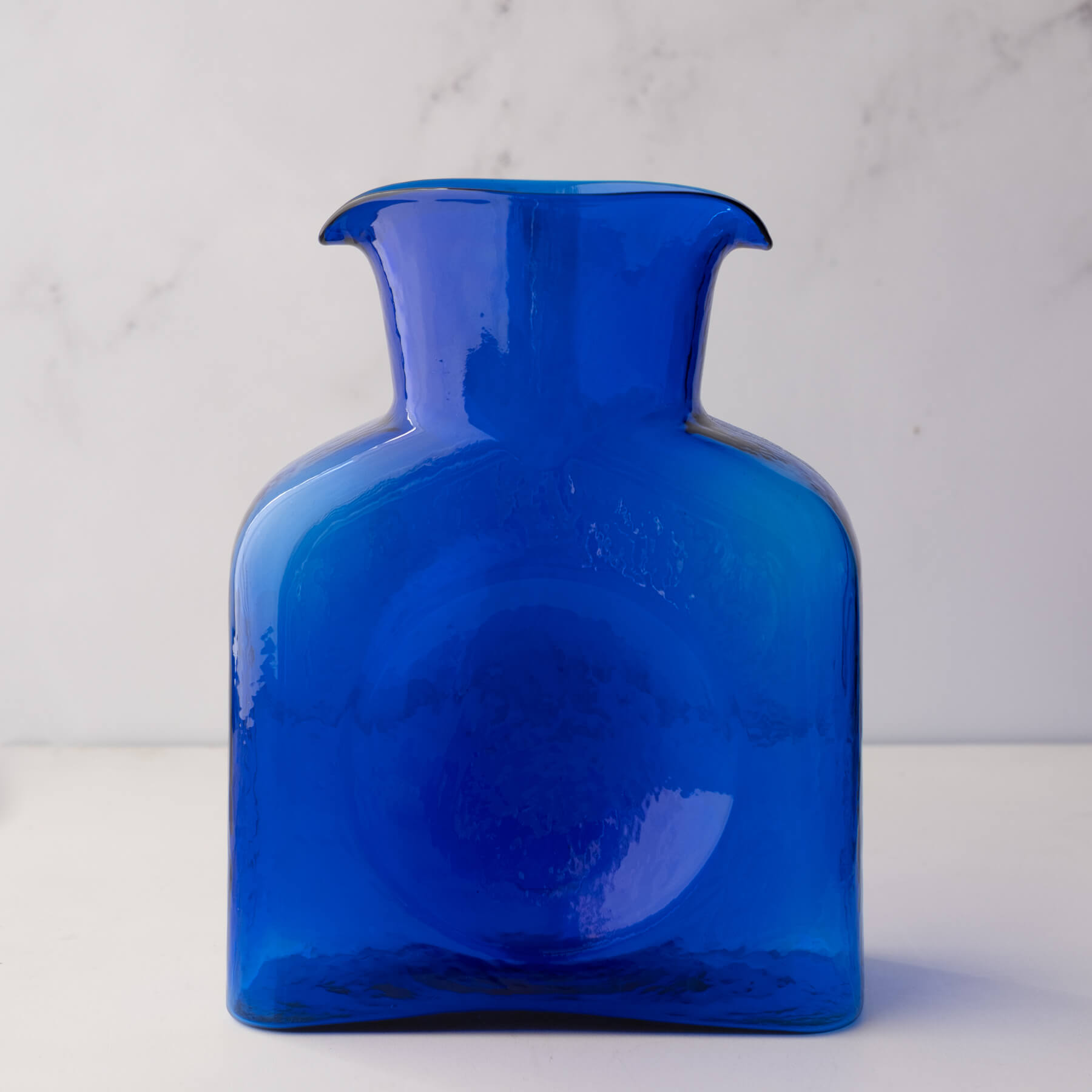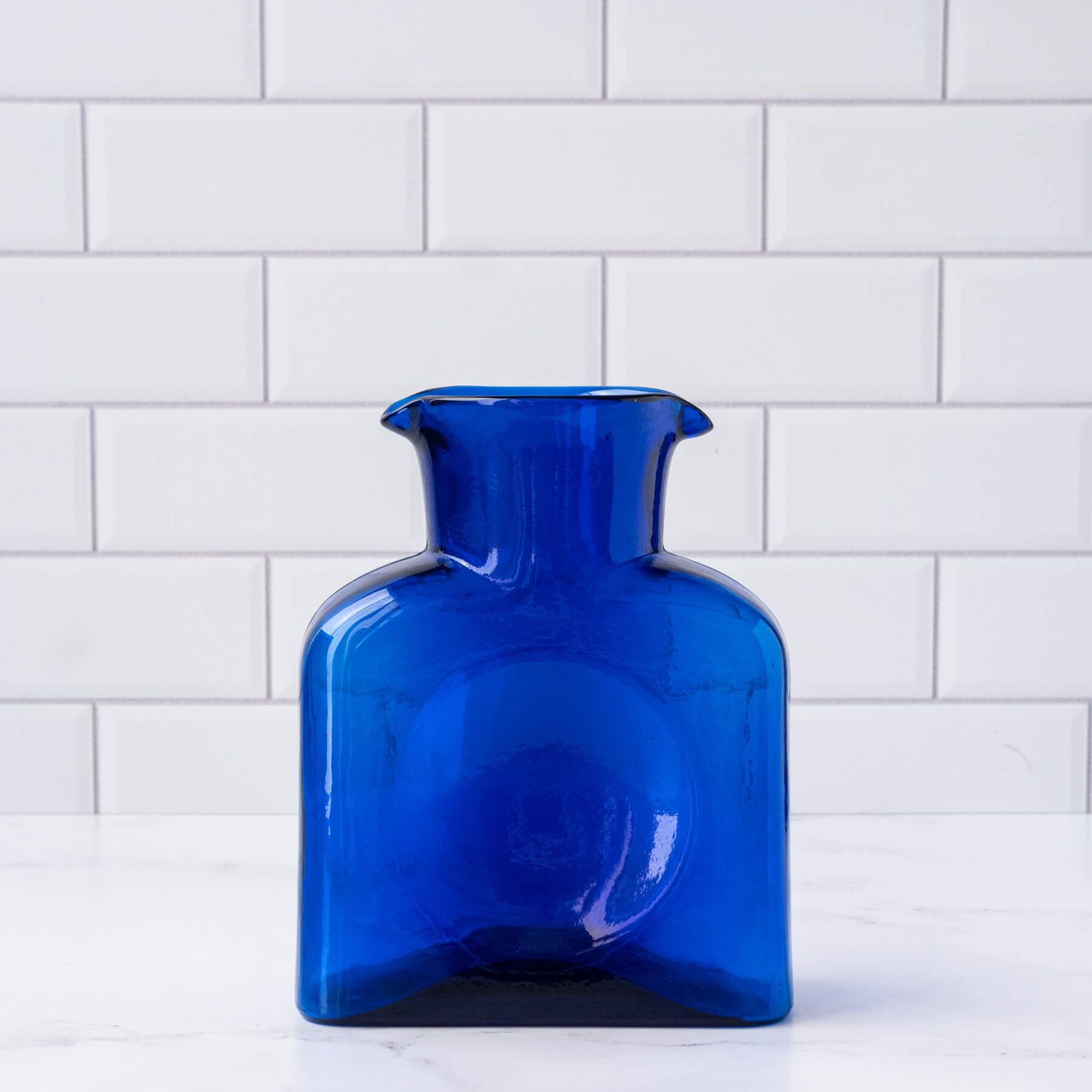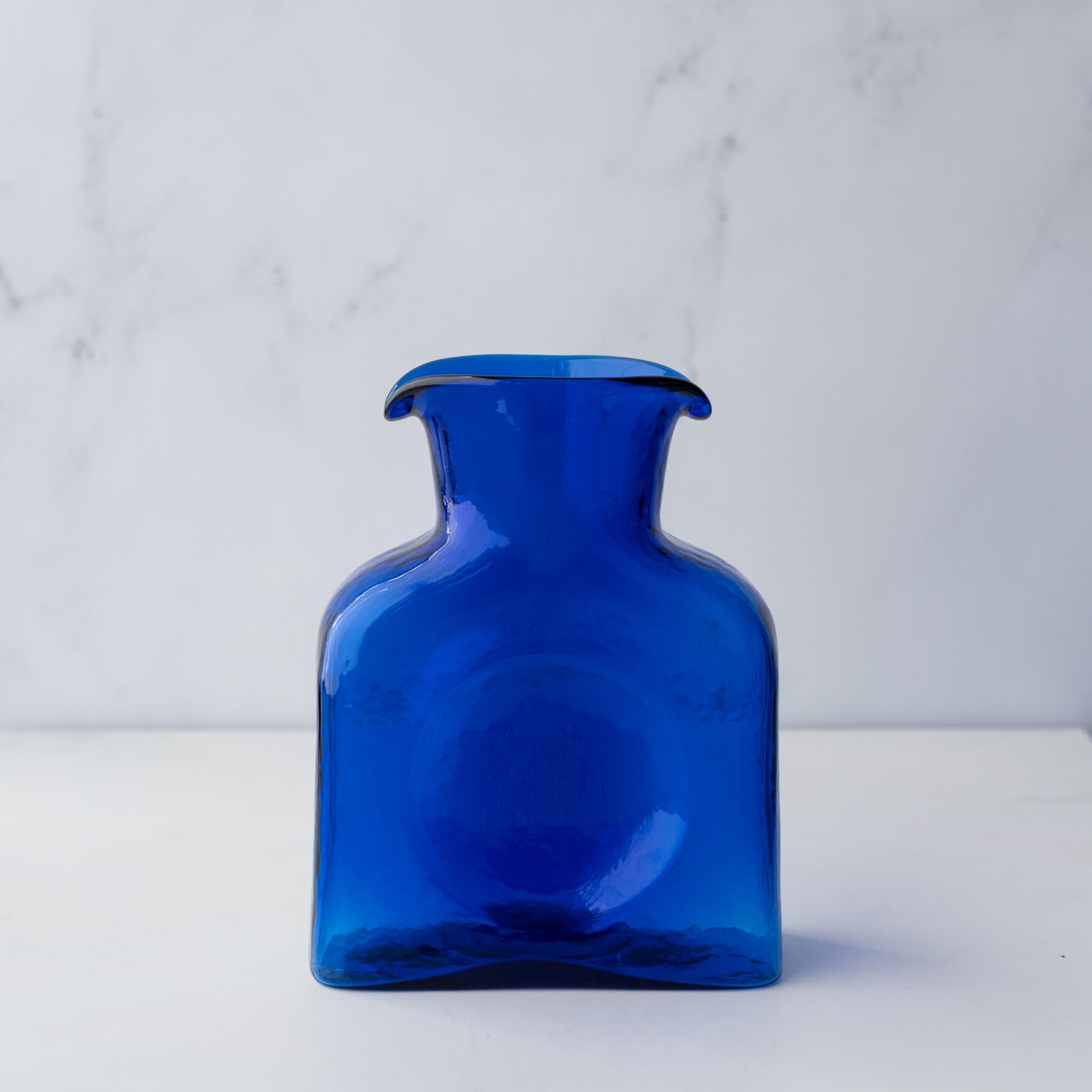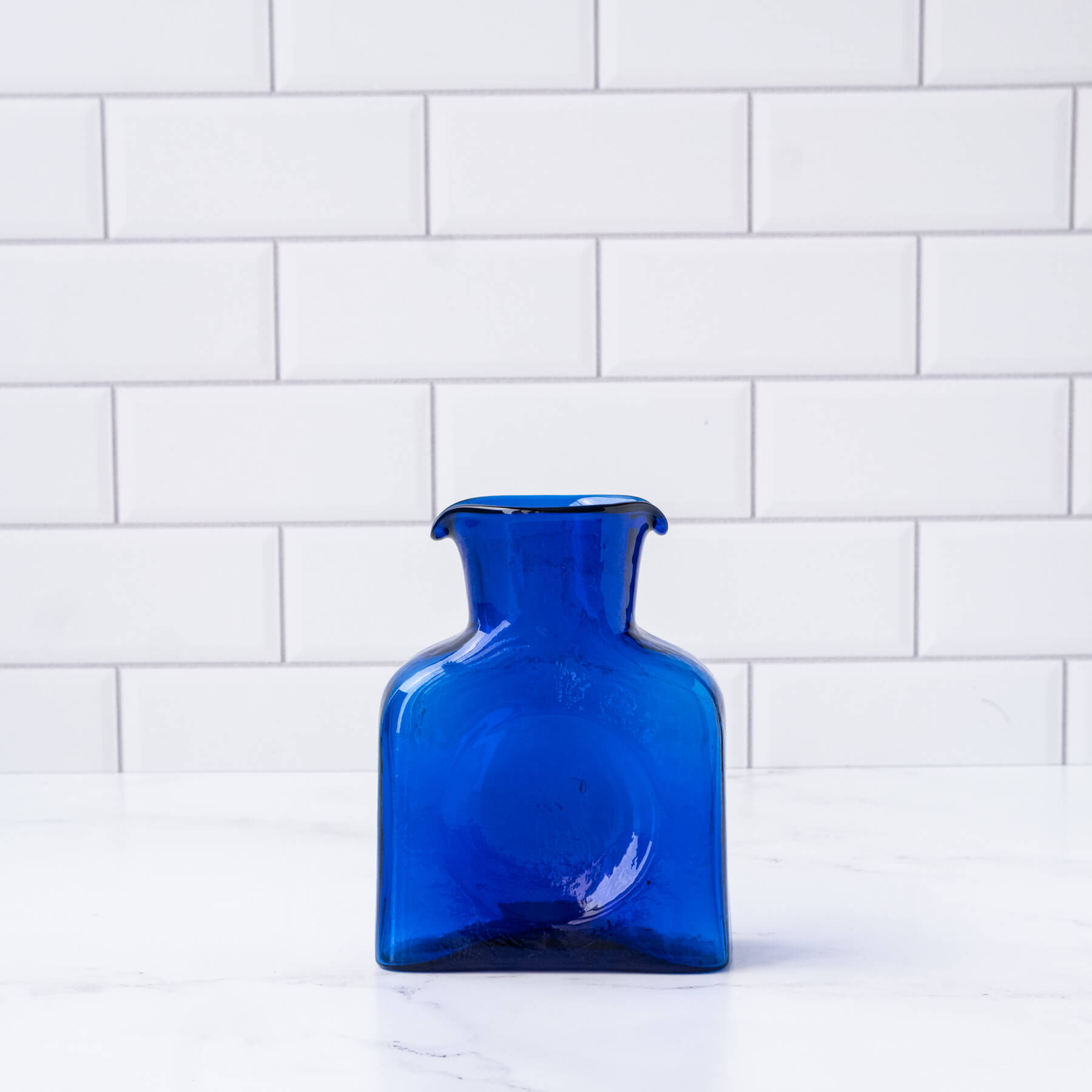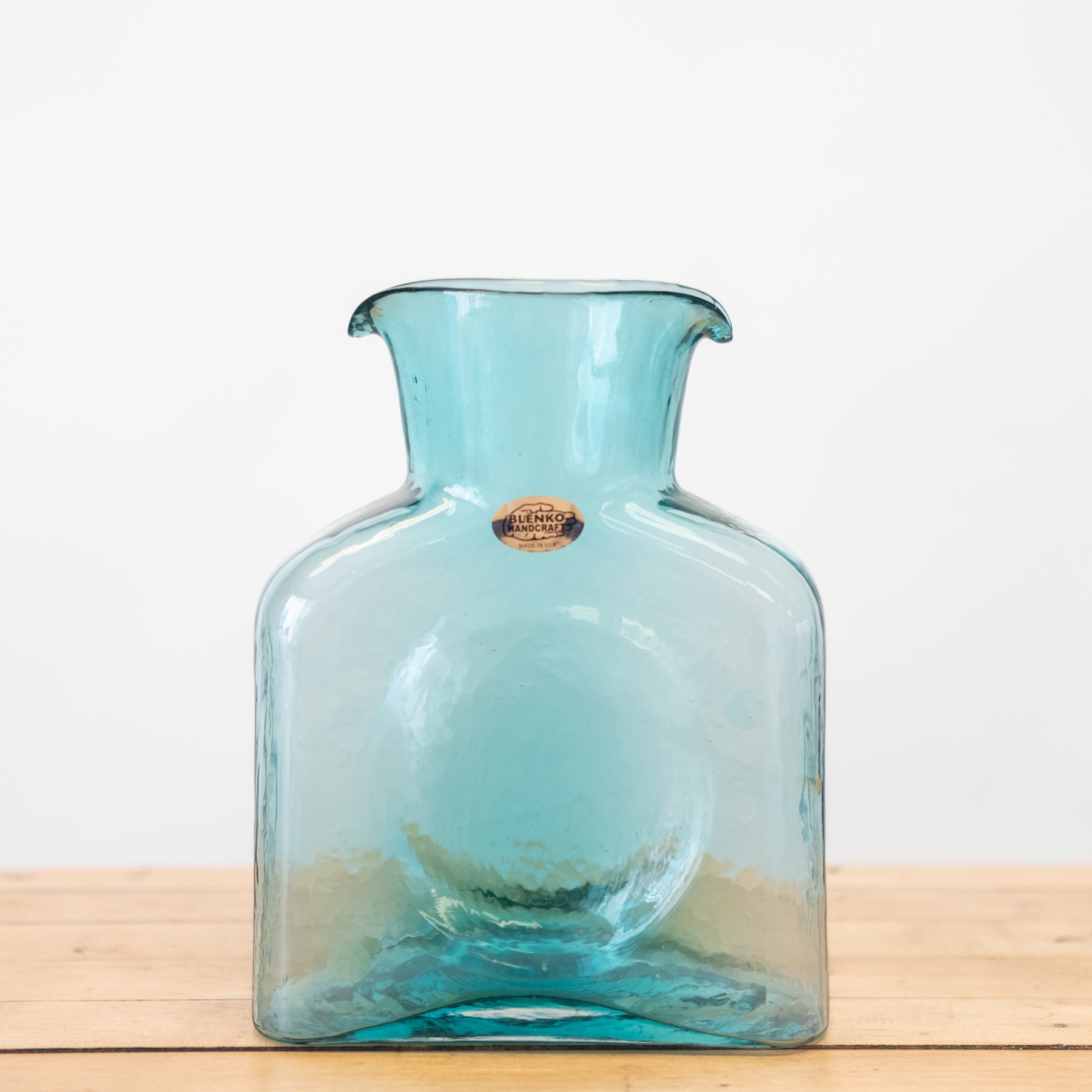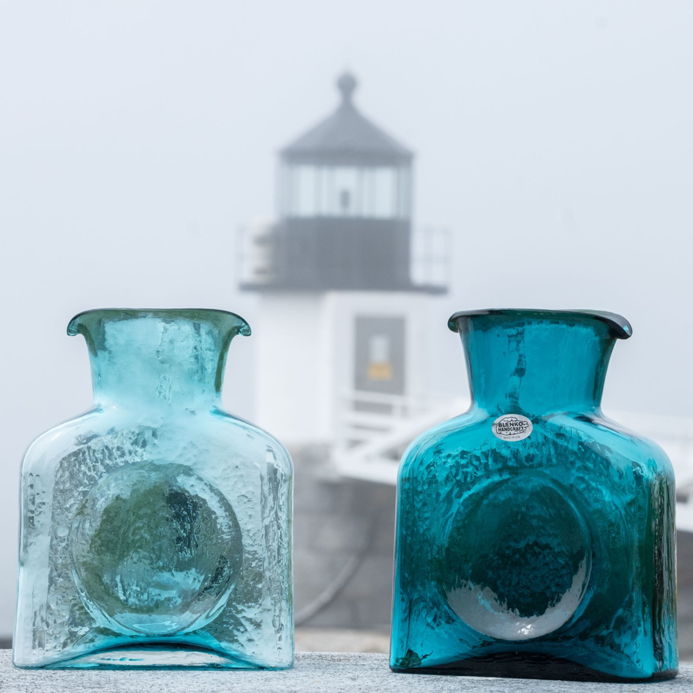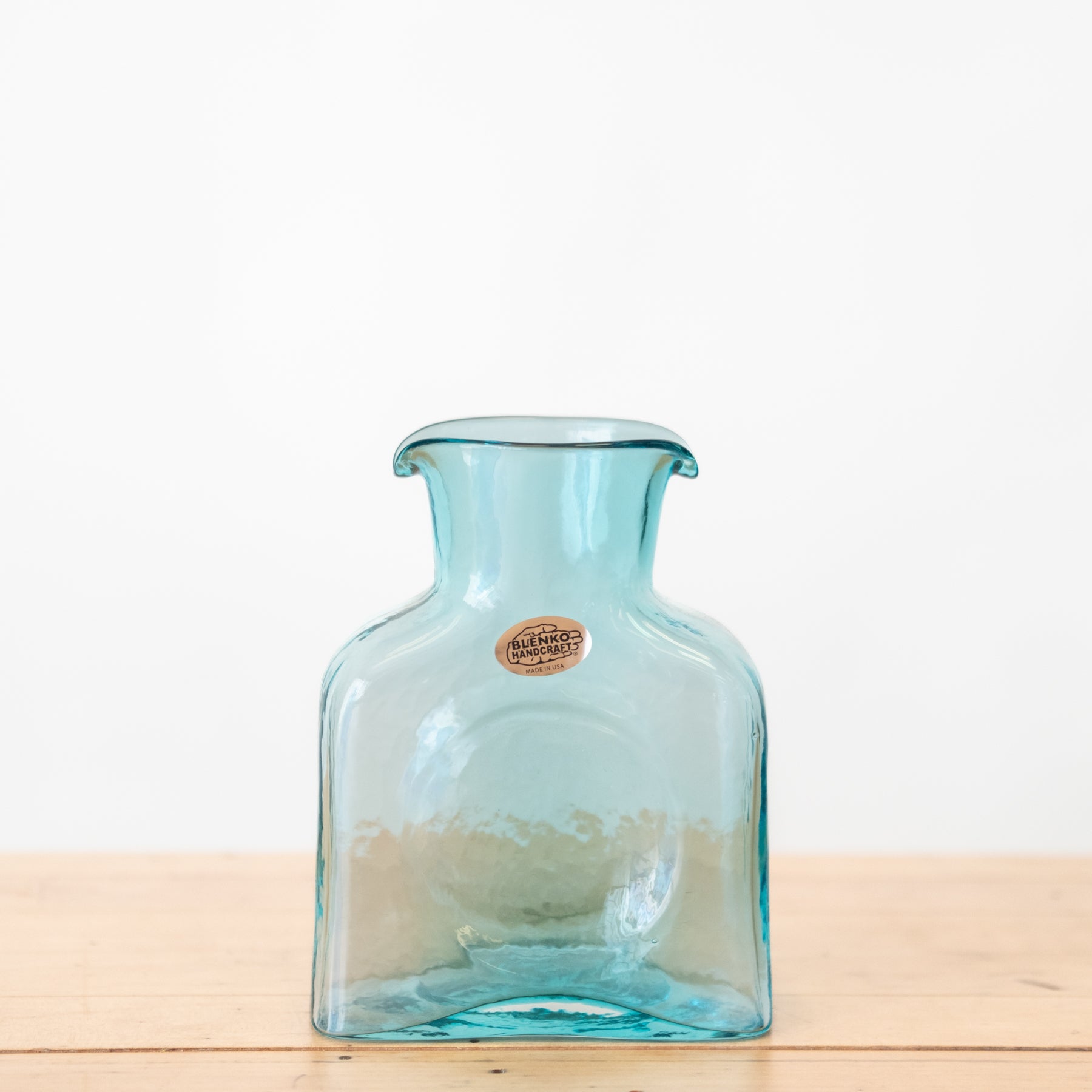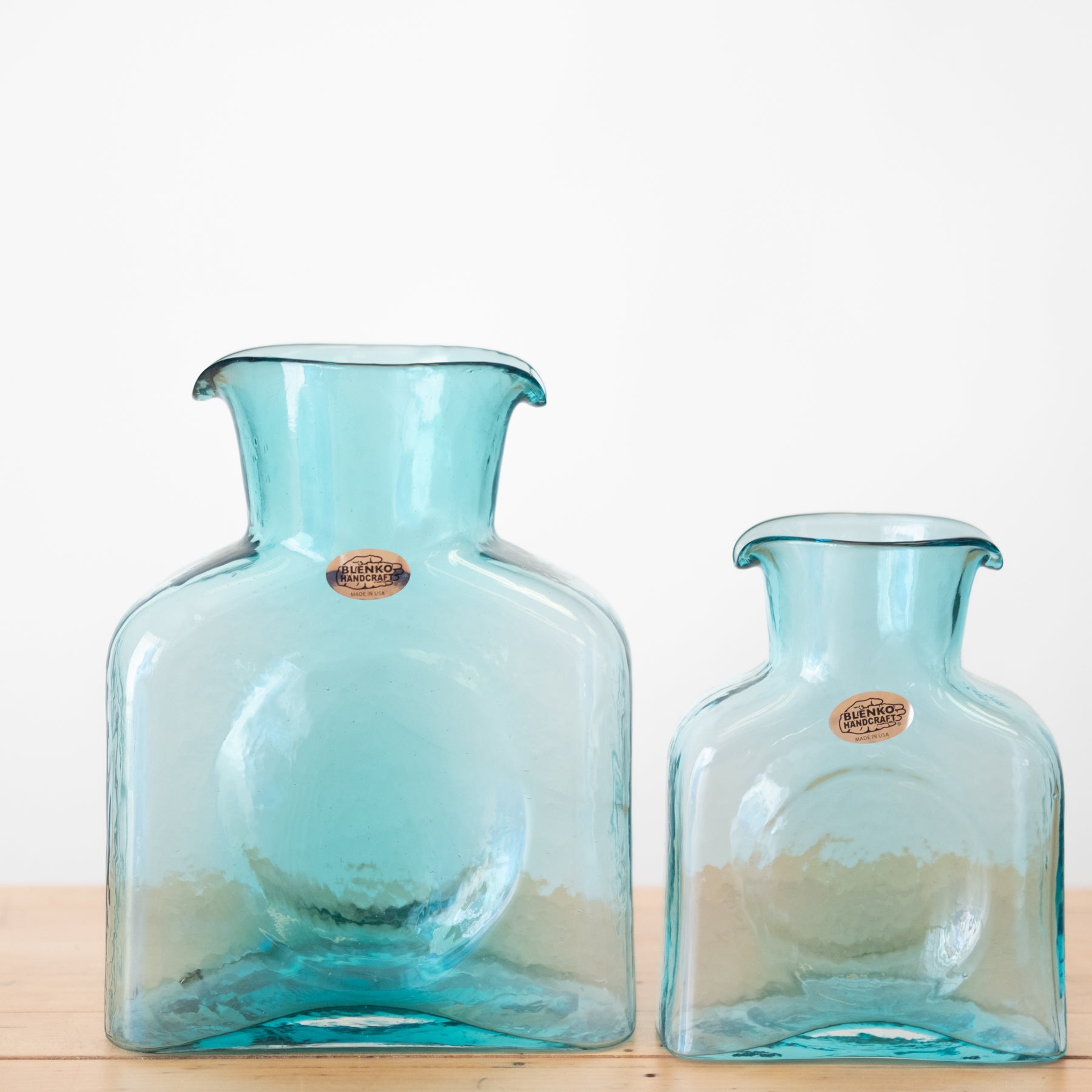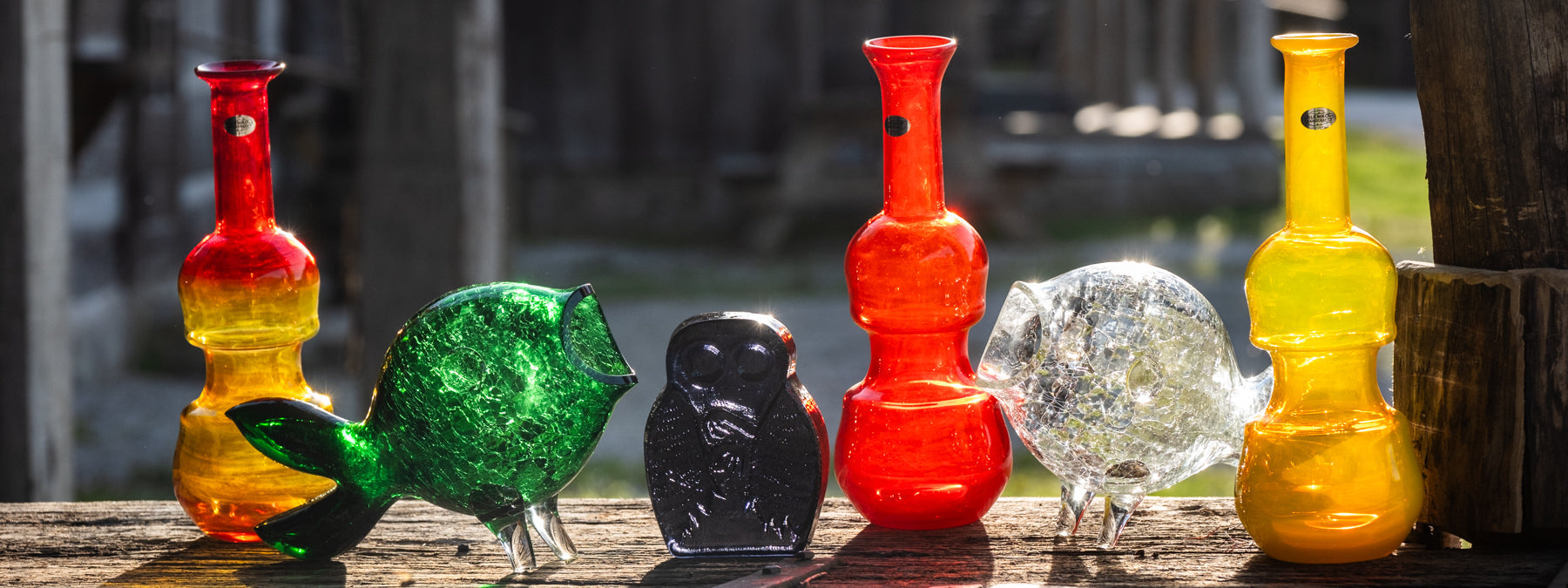
The Seasons in Glass: Designing Pieces for Winter Light and Summer Sun
Glass doesn’t live in just one moment. It changes, quietly, with the hours and the seasons. A piece that feels bold and radiant in August might turn soft and contemplative come January. That’s not a flaw—it’s one of the reasons we design the way we do. Every color, every curve, is made with the understanding that light is never the same twice.
In summer, the sun comes in fast and direct. It bounces off water, heats sidewalks, and floods through kitchen windows with a kind of urgency. This is when our brighter, more translucent colors in Tangerine, Seabreeze, Spring Green seem to hum. Their edges glow as if lit from within, and shadows fall in crisp outlines. A wide-mouthed pitcher in the summer sun can look like it’s holding a piece of the day itself, ready to pour.
Winter is different. The light comes at a lower angle, stretching shadows across the floor. It’s thinner, quieter, more patient. Deep hues like Cobalt, Ruby, and Olive gather it in and hold it, turning it into a slow burn. The same vase that looked electric in July now feels like a warm ember in January—a companion for long evenings and soft lamplight.
Shape plays its part, too. Tall, slender necks draw light down like a wick, concentrating it in the base. Broad bowls let it wander and scatter. In summer, a flared opening might spill color onto the table like water; in winter, a narrow opening can capture the last of the day’s light and keep it close.
Designing for all seasons means we’re thinking beyond the moment you unwrap a piece. We imagine it on a sunlit windowsill in June, then on a mantle beside a December fire. We picture it empty and full, catching morning light or holding tulips, pine branches, or nothing at all. Glass is made in a single, breathless moment of heat, but it’s meant to live decades changing with every season it sees.
That’s why we choose colors that aren’t locked to a single mood. A warm Amber can feel golden in fall leaves and honeyed in the spring. Glacier Blue can be bright and breezy in July, then turn icy and still in February. The glass remembers every light it’s held, and it carries those memories forward.
Because a Blenko piece is never just for one season. It’s for the way your living room looks at 5 p.m. in October. It’s for the way your kitchen window opens to a pale sunrise in March. It’s for every shift in the day, every turn in the year. It’s a companion you’ll notice differently each time you look at it—and one that, if you let it, will teach you to notice the light a little more, too.


